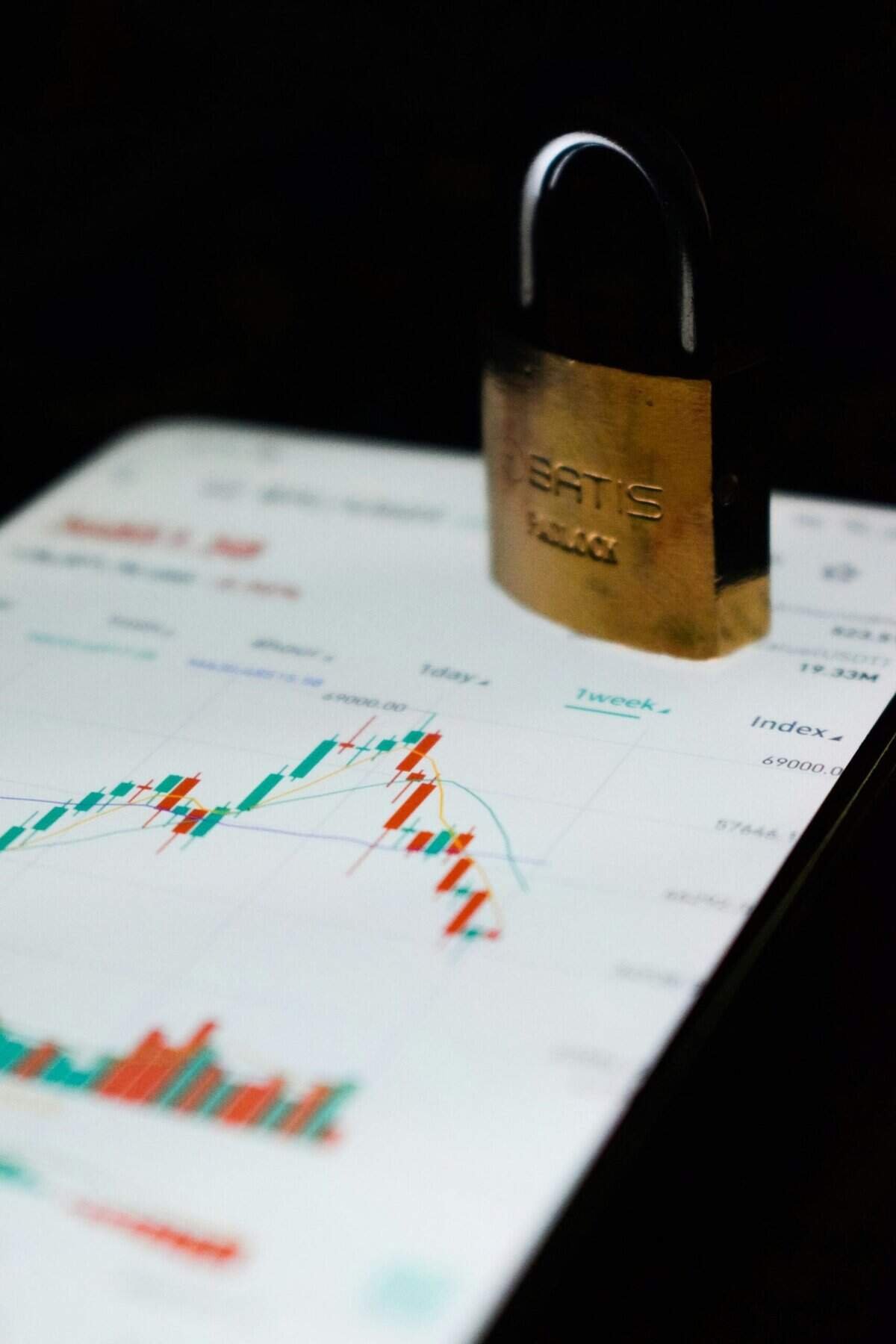Have you ever wondered how rollups work in the world of blockchain and cryptocurrency? Understanding these concepts can seem a bit daunting at first, but it’s like navigating any new topic—you’ll find your way with a little guidance and exploration. In this article, we’ll break down the intricacies of rollups and their role in Proof-of-Work (PoW) systems, making them approachable and digestible. So, let’s take a journey into the world of blockchain technology, one friendly step at a time.

Introduction to Rollups
Rollups are an innovative scaling solution in the blockchain realm, designed to alleviate some of the core issues affecting blockchain networks like Ethereum. They enhance the scalability of a blockchain by processing transactions outside of the main chain (layer 1) but still leveraging its security properties. In essence, rollups work by “rolling up” a bundle of transactions, processing them off-chain, and then posting a single summary transaction back to the main chain.
Why Rollups Matter
The importance of rollups can’t be understated in the cryptocurrency landscape. As blockchain networks become more popular, the number of transactions increases, often leading to congestion and high transaction fees. You might recall the times when dealing with some networks felt like standing in a long line at the grocery store checkout. With rollups, these transactions are streamlined, ensuring that operations can continue smoothly, efficiently, and less expensively.
How Rollups Work
Understanding how rollups function can equip you with insights into why they are a favorite solution for scaling challenges. At their core, rollups perform transaction processing off the main blockchain to increase throughput and decrease costs.
Types of Rollups
There are two primary types of rollups: ZK-Rollups and Optimistic Rollups. Each type has distinct characteristics and mechanisms, catering to different needs within the blockchain environment.
ZK-Rollups
ZK-Rollups, or Zero-Knowledge Rollups, use cryptographic proofs to validate transactions. These proofs, called zero-knowledge proofs, allow transactions to be confirmed without revealing the specific details of the transactions themselves. It’s a little like showing someone two photos to prove they match without letting them see the photos.
One of the advantages of ZK-Rollups is their quick withdrawal times since the validity of transactions is known at the time of confirmation. However, creating these cryptographic proofs can be computationally intensive, which is a factor to consider when looking at implementation.
Optimistic Rollups
Optimistic Rollups take a slightly different approach. They assume transactions are valid by default, meaning they do not provide proof immediately. Instead, they allow for a verification period where anyone can challenge a transaction if it’s found invalid, similar to having a proofreading round after writing an important document.
This method tends to be less resource-intensive than ZK-Rollups because it doesn’t require generating a zero-knowledge proof for each transaction. However, it comes with the trade-off of longer withdrawal times due to the need for this dispute period.
Rollups and Layer 2 Solutions
Rollups are part of what is known as Layer 2 solutions—these are protocols built on top of the main blockchain, aiming to improve scalability and performance. By processing transactions off-chain, rollups decrease the load on the main blockchain while still benefiting from its security and decentralization.
Here’s a simple table to help illustrate the differences between ZK-Rollups and Optimistic Rollups:
| Feature | ZK-Rollups | Optimistic Rollups |
|---|---|---|
| Proof Generation | Through zero-knowledge proofs | Assumed valid (challenge period) |
| Withdrawal Time | Fast | Slower due to challenge period |
| Computational Demand | High | Moderate |
| Use Case Complexity | Better for simple use cases | Flexible for complex use cases |
The Role of Proof-of-Work in Rollups
To truly grasp how rollups function, a basic understanding of Proof-of-Work (PoW) is necessary. PoW is a consensus mechanism used by several cryptocurrencies to secure their blockchains. In PoW, network participants, known as miners, solve complex mathematical puzzles to add new blocks to the blockchain, ensuring the network remains secure and decentralized.
Synergy between Rollups and PoW
Rollups interact with PoW blockchains like Ethereum by providing a way to improve transaction throughput without compromising the security PoW offers. Essentially, they allow for a higher volume of transactions to be processed while keeping the foundational benefits of PoW intact. Think of it as using express lanes to handle traffic more efficiently without needing to build entirely new infrastructure.
Rollups’ Security Model
The security of rollups is tied to the underlying PoW blockchain. Transactions processed within rollups are eventually recorded on the main blockchain, where they benefit from its robust security properties. This means even though the transactions are handled off-chain, their finality relies on the security of the PoW mechanism.
The Benefits and Challenges of Rollups
Rollups offer numerous advantages for blockchain networks and users, yet they also come with their own set of challenges. Let’s explore both sides of the coin.
Benefits of Rollups
Enhanced Scalability: By executing transactions off-chain, rollups significantly increase the number of transactions a blockchain can handle, contributing to overall network efficiency.
Reduced Costs: Because transactions are bundled together and processed as a single entity on the main chain, users typically experience lower transaction fees.
Security Retention: Despite operating off-chain, rollups ensure transactions benefit from the underlying blockchain’s security, preserving integrity and trust.
Challenges Facing Rollups
Complexity in Implementation: Deploying rollups, particularly ZK-Rollups, can be technically challenging and requires careful planning and development.
Latency Issues: With Optimistic Rollups, the verification period can lead to delays, which might be a drawback for users needing immediate transaction finality.
Adoption and Integration: Rollups represent a fundamental change in how transactions are processed, requiring adjustments both from developers and users interacting with blockchain networks.

Rollups in Practice
Several projects and initiatives have already started adopting rollups as a way to better manage their networks. Let’s look at a few examples to understand how rollups are being deployed effectively.
Ethereum and Rollups
Ethereum, one of the leading blockchain platforms, has been heavily invested in integrating rollup solutions to maintain its scalability as user demand grows. Ethereum’s vision is to transition towards more sustainable blockchain operations, with rollups playing a crucial role in this development.
DeFi and Rollups
Decentralized Finance (DeFi) applications often experience high transaction volumes, making them ideal candidates for the implementation of rollups. By adopting this solution, DeFi platforms can offer smoother user experiences with lower fees, encouraging wider participation and accessibility.
NFTs and Gaming
The non-fungible tokens (NFTs) and gaming sectors also benefit from rollups by enabling quicker and cheaper transactions. This not only improves user satisfaction but also drives further innovation in how these digital assets are used and traded.
Future Potentials and Innovations
As the blockchain industry continues to evolve, the potential for rollups to innovate and redefine what’s possible remains immense. With advancements in technology and an increasing need for scalable solutions, rollups are set to become even more integral to the ecosystem.
Research and Development
Ongoing research and development efforts are predictable, with teams worldwide working to optimize and refine rollup technologies. These efforts promise more efficient and versatile solutions that will likely extend beyond current applications.
Expanded Use Cases
As confidence in rollups grows, so do the potential use cases. From supply chain management to digital identity verification, rollups could provide scalable solutions across a range of industries that rely on blockchain for security and transparency.

Conclusion
You’ve now journeyed through the world of rollups, gaining insights into how they operate, their benefits, challenges, and real-world applications. As blockchain technology progresses, rollups are poised to play a pivotal role in ensuring these networks remain sustainable, user-friendly, and adaptable to future demands. You might not have all the answers yet, but you’re well on your way to understanding how crucial rollups are in the narrative of blockchain innovation.
